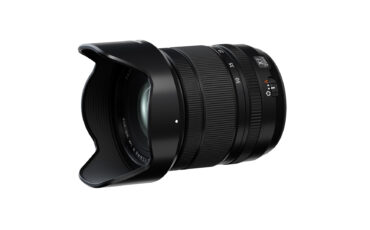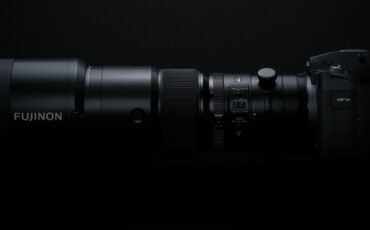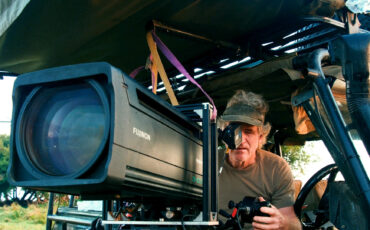FUJIFILM Talks: Zoom vs Prime Lenses in Filmmaking
One of the highlights of attending IBC in person is the opportunity for filmmakers and industry professionals to engage in discussions about the latest trends and the future of filmmaking gear. These exchanges provide valuable insights into the direction of product development, especially when speaking directly with key players in the industry. Johnnie had the chance to talk with Stosh Durbacz of FUJIFILM/FUJINON to discuss his perspective on lenses—particularly the differences between prime and zoom lenses—and where the company sees itself heading in the future. Let’s see what they had to say!
Prime vs. Zoom: a market perspective
During the conversation, Johnnie asked Stosh about the current state of the market and how FUJINON’s zoom lenses fit in. FUJINON has built a reputation for producing a wide range of high-quality zoom lenses, focusing on delivering optical consistency across their entire product line. Naturally, the question arose: why does FUJINON focus so heavily on zoom lenses and not produce primes?
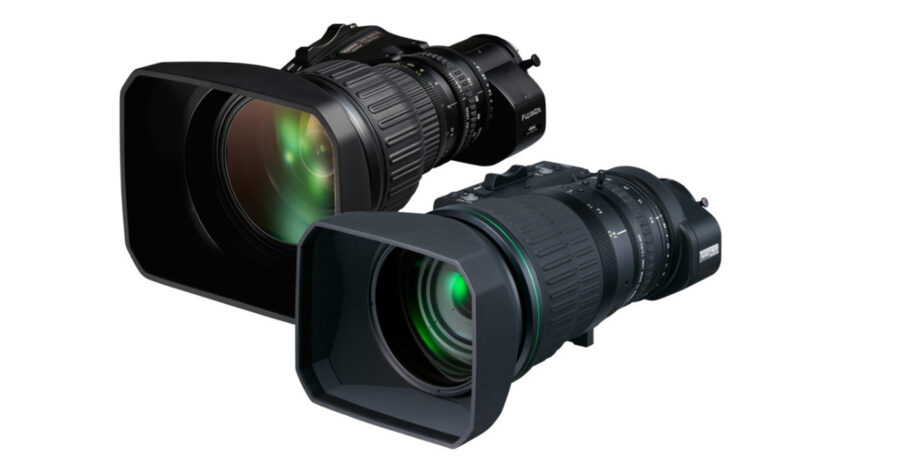
Stosh explained that FUJINON considered the prime lens market but ultimately sees greater potential for innovation within the zoom lens space. The company believes it can offer something unique in terms of consistency and quality that sets their zoom lenses apart. “We’ve asked ourselves what’s missing in the prime market that we could provide,” Stosh said. “With zooms, we saw an opportunity to innovate, as we did with the Duvo lens. In the prime market, it’s harder to find that unique space.”
The challenge of zoom lens performance
There is a common perception in filmmaking that fixed focal length (prime) lenses tend to outperform zoom lenses. With zooms, each focal length has to maintain consistent image quality, which can be a challenge to manufacturers. Stosh acknowledged this difficulty, saying that this is where their engineers in Japan really shine. Their challenge is making sure a zoom lens performs consistently at every focal length while maintaining durability over time.
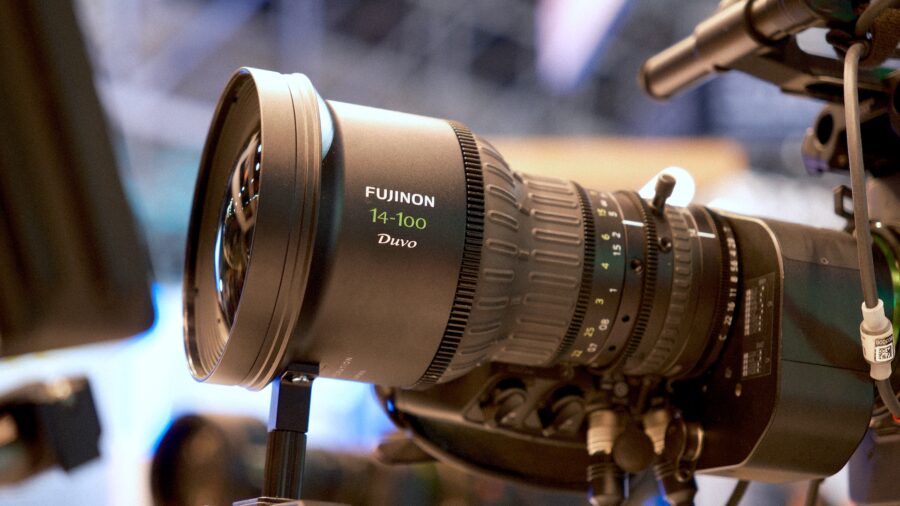
Balancing practicality and performance
When discussing one-man-band filmmaking setups or small production teams, the practicality of zoom lenses needs to be considered. For filmmakers who need to work quickly, without the luxury of constantly switching lenses, zooms are often the better option. However, the trade-off comes in size and weight.
Prime lenses will always offer a faster T-stop and a more compact size, but FUJINON’s zoom lenses provide greater flexibility on set. Zooms allow you to work faster without changing lenses. They may not be as fast in terms of T-stop, and they are physically larger, but this comes down to the physics of lens design. The Duvo 25-1000mm, for example, weighs 65 pounds, which is the reality of building a fast zoom.
Producing from the Front
Convincing cinematographers to choose zooms
Whether to choose zoom lenses over prime – it’s all about testing. FUJINON works closely with rental houses, who in turn work with DPs and Directors. Stosh said that the feedback received is that the optical difference between primes and FUJINON zooms is minimal, aside from the T-stop. Efficiency on set—especially in variable environments—is often more important than the slight optical advantage primes might have.
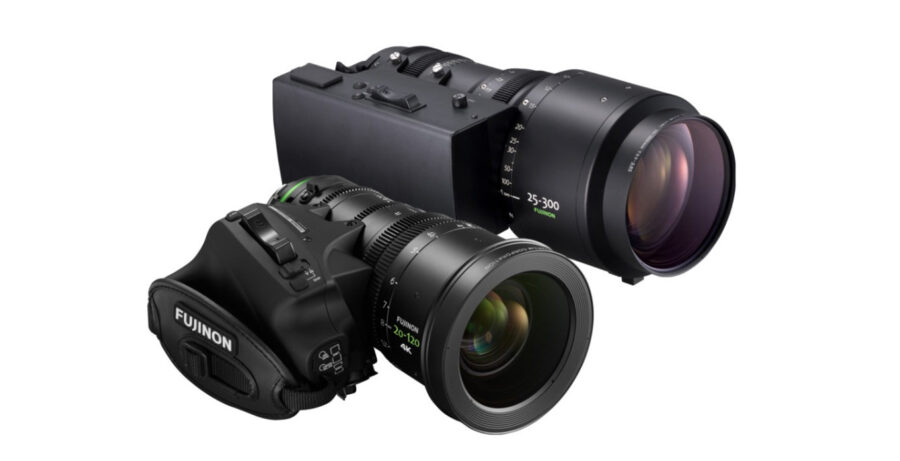
Lens styles for cinematographers
Johnnie said that while we at CineD had tested and reviewed some Duvo lenses and found them excellent, the lenses seemed better suited for news or reality-style productions. Stosh clarified that while the Duvo lenses were developed with live environments in mind, they are not limited to news. He explained that the 14-100mm Duvo lens, for instance, is compact and lightweight but still designed to deliver high performance, so it’s ideal for live, wildlife, or documentary shooting. However, compromises are made to achieve this kind of versatility in zoom lenses. He contrasted this with the Cabrio line, which was designed for more cinematic uses and has been a staple in FUJINON’s product lineup for over a decade.
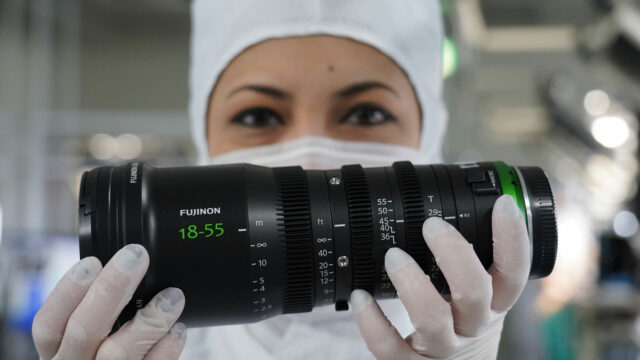
The MK line and large format challenges
The MK lens line, designed for E- and X-mounts and one of the first zooms for Super 35, is still being produced but faces challenges. (Watch our factory tour and see how those MK lenses are made here and the MK E review here). As the camera market has evolved into larger formats, bringing that level of performance to a large format lens while maintaining a T2.9 is difficult. Again, it comes down to the physics—the lens becomes too large, heavy, and expensive.
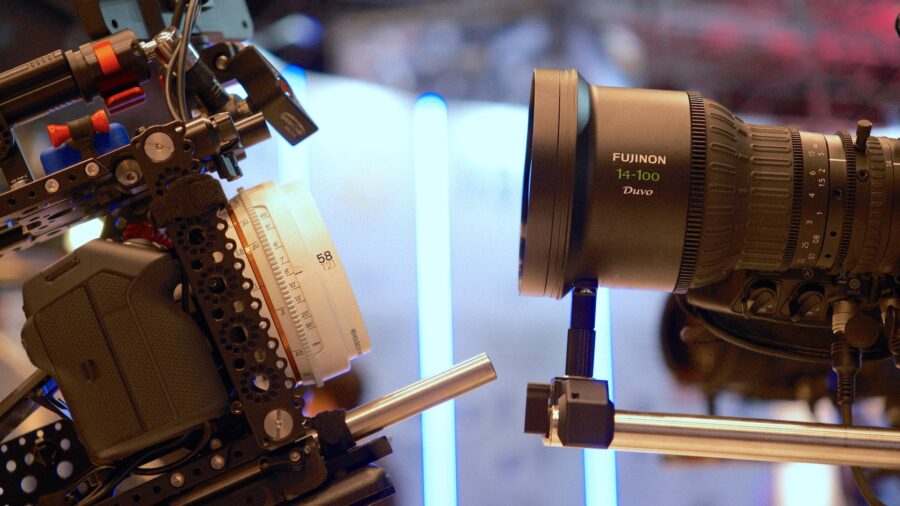
The future of zooms and primes
To close the conversation, Johnnie asked whether FUJINON would ever consider producing prime lenses and whether Stosh believes zoom lenses are the future. Stosh responded, saying that there is a place for both zooms and primes. Although he would love to see a set of primes from FUJINON, the reality is that he feels they are exceptional at making zoom lenses, and they will continue to focus on what they do best.
What do you think? Zooms or primes? What do you use in your work? Let us know in the comments!





